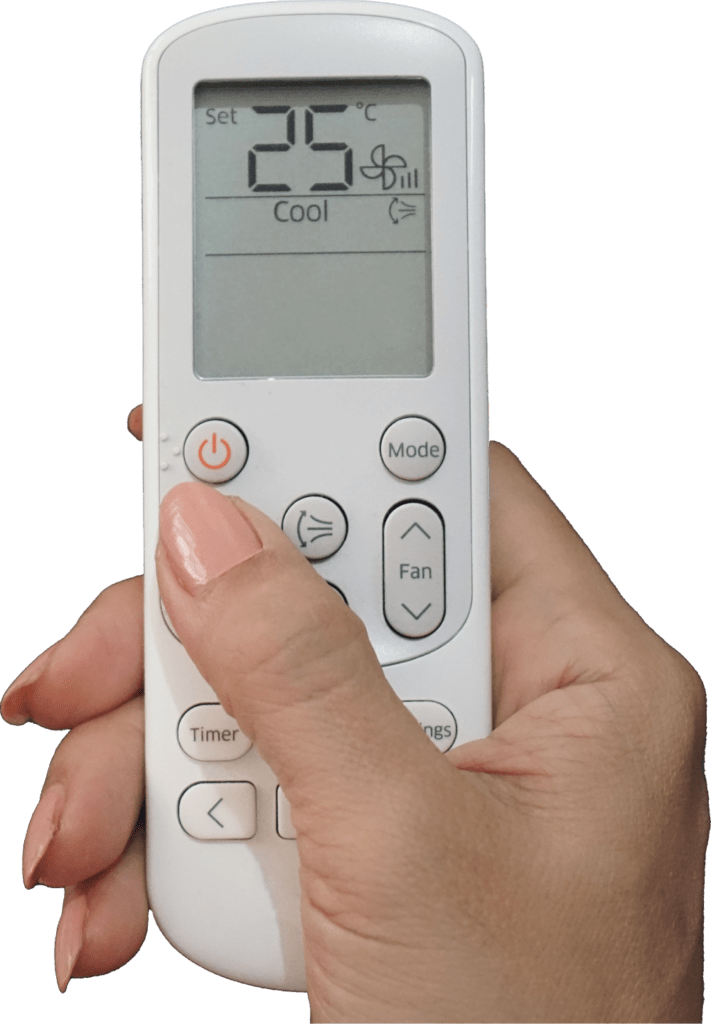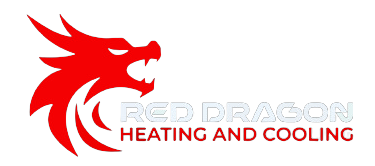- 518.348.9000
- [email protected]
- 117 Van Rd Gloversville,NY 12078
Heat Pump Repair: Expert Tips for Efficient Home Heating
As summer temperatures soar, maintaining an efficient heat pump becomes crucial for comfort. Timely heat pump repair ensures optimal performance and prevents unexpected breakdowns. It’s essential to address issues promptly and rely on professional services to avoid costly replacements.
Ignoring minor problems can lead to significant inefficiencies and higher energy bills. Common issues such as refrigerant leaks or malfunctioning thermostats can impact performance. By understanding these problems, homeowners can take proactive steps to maintain their systems.
Heat pump wear and tear is inevitable, making regular maintenance essential. Skilled technicians can identify and fix problems early. Investing in professional repair services not only extends the lifespan of the heat pump but also maintains energy efficiency.

518 Red Dragon Service Areas Include :

Amsterdam
Amsterdam Heat Pump Repair

Gloversville
Gloversville Heat Pump Repair

Johnstown
Johnstown Heat Pump Repair

Broadalbin
Broadalbin Heat Pump Repair

Fonda
Fonda Heat Pump Repair
Mayfield
Mayfield Heat Pump Repair
Northville
Northville Heat Pump Repair

Understanding Heat Pump Systems
Heat pump systems play a crucial role in managing indoor climate. These systems consist of several components and come in various types, each with specific functionalities. Recognizing signs of failure is essential to maintain efficiency.
Components and Functionality
Heat pumps consist of a compressor, condenser, evaporator, and an expansion valve. The compressor circulates refrigerant between the inside and outside units.
The condenser releases or absorbs heat, while the evaporator performs the opposite. Refrigerant flow is controlled by the expansion valve, enabling the system to shift between heating and cooling modes.
Common Types of Heat Pumps
There are three primary types of heat pumps: air-source, ground-source (geothermal), and water-source.
Air-source heat pumps are popular in moderate climates and are efficient for both heating and cooling. Ground-source heat pumps utilize the stable ground temperatures for high efficiency. Water-source heat pumps use nearby water bodies as a heat exchange medium.
Signs of Heat Pump Failure
Identifying potential failures early can save on repair costs. Common signs include unusual noises, insufficient heating or cooling, and frequent cycling.
High energy bills may indicate diminished efficiency. A noticeable reduction in airflow might point to duct issues or a failing compressor. Regularly examining these signs ensures timely interventions.
Troubleshooting and Repair Procedures
Effective troubleshooting and repair of heat pumps involve a series of steps, including identifying the problem, deciding whether to repair or replace, and implementing preventative maintenance.
Diagnostic Steps
When a heat pump malfunctions, start by checking the power supply. Ensure the unit is receiving electricity and that circuit breakers are not tripped. Next, inspect the thermostat settings to confirm they are correct.
Observe whether the unit makes unusual noises or produces insufficient heat or cooling. Examining air filters for clogs and ensuring refrigerant levels are adequate is critical. Additionally, check for leaks in ductwork as they can affect efficiency.
Use a multimeter to test electrical components like capacitors and contactors. Look for error codes on the unit’s control board to help pinpoint specific issues.

Repair vs Replacement Considerations
When determining whether to repair or replace a heat pump, consider the age of the unit. Units over 10-15 years old may be more cost-effective to replace due to higher energy efficiency in newer models. Calculate the cost of repairs and compare it to the cost of a new unit.
Factor in the frequency of past repairs; frequent issues could signify that the system is nearing the end of its service life. Assess the environmental impact as newer models often have a lower carbon footprint.
Finally, consider any warranty coverage that may apply to either the current unit or a potential replacement.
Preventative Maintenance Tips
Scheduling regular maintenance checks can prolong the lifespan of a heat pump. Replace or clean air filters every 1-3 months to maintain airflow and efficiency. Inspect and clean coils annually to ensure optimal heat exchange.
Check for and seal any duct leaks to prevent loss of conditioned air. Ensure refrigerant levels are within the manufacturer’s recommendations to maintain performance. Regularly test thermostat accuracy and recalibrate if necessary.
Engaging a professional for a yearly tune-up can help catch minor issues before they become major problems, ensuring the unit runs efficiently year-round.
WHAT WE DO
Expert HVAC Care, Always.


Residential Installations
Trust us to transform your space into a haven of perfect climate control with our expert HVAC installations.

Commercial Installations
Trust us to transform your space into a haven of perfect climate control with our expert HVAC installations.

Thermostat Installations
Trust us to transform your space into a haven of perfect climate control with our expert HVAC installations.

Air Quality Solutions
Trust us to transform your space into a haven of perfect climate control with our expert HVAC installations.
